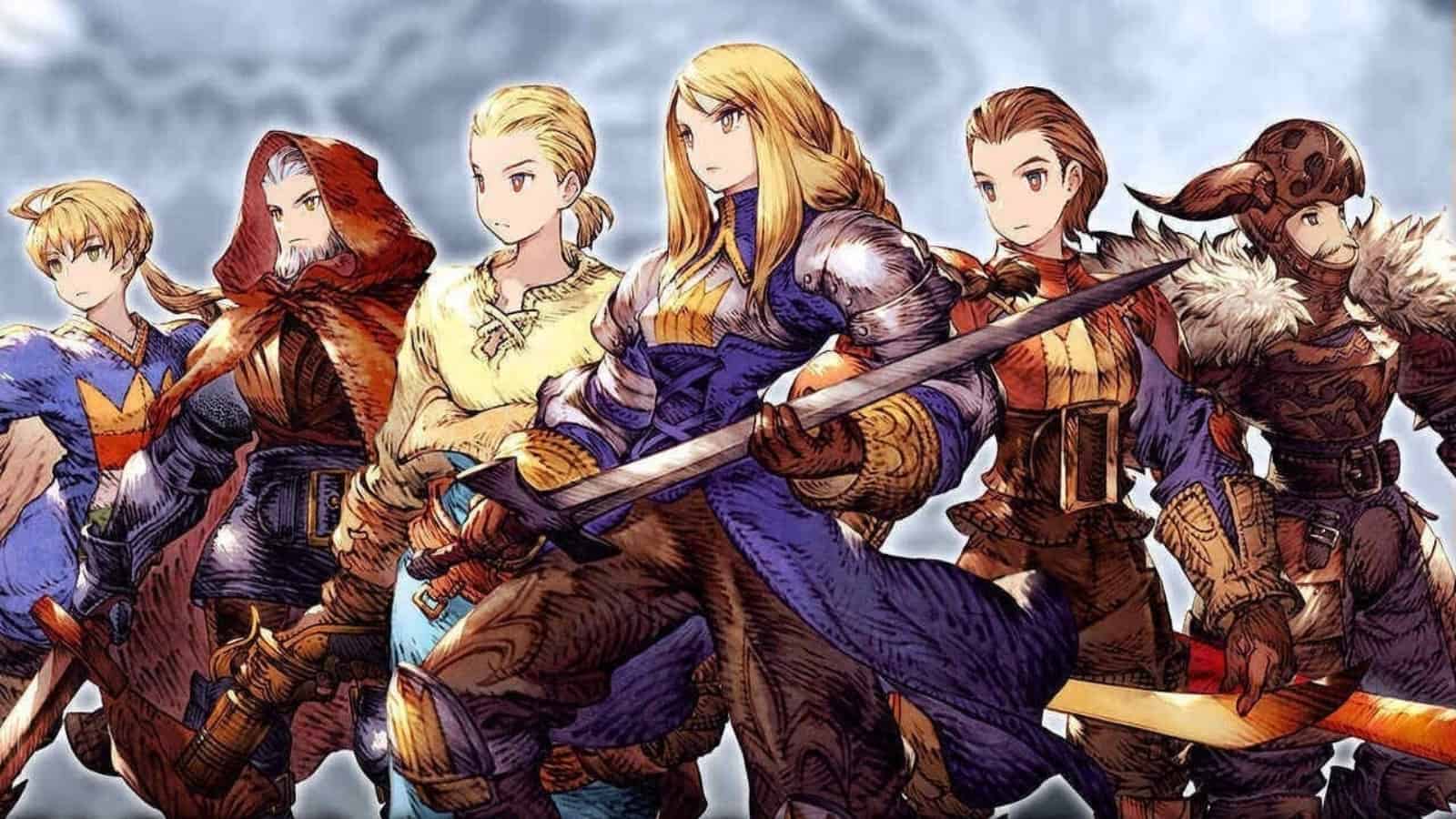As is to be expected when a franchise has almost immediate resonance with fans, Final Fantasy‘s spin-offs and side-games have just as rich a history as the main entries. Beginning with a series of top-down spin-offs for the Game Boy, each spin-off charts new territory for the franchise, bringing the series’ trademark elements and mechanics into a variety of disparate genres. While the general quality of these titles runs the gamut from great to…well, not so great, some of these spin-offs can count themselves among the best games in the entire series despite not being official main-numbered entries.
Final Fantasy: Legend (1989)
- Released for Game Boy
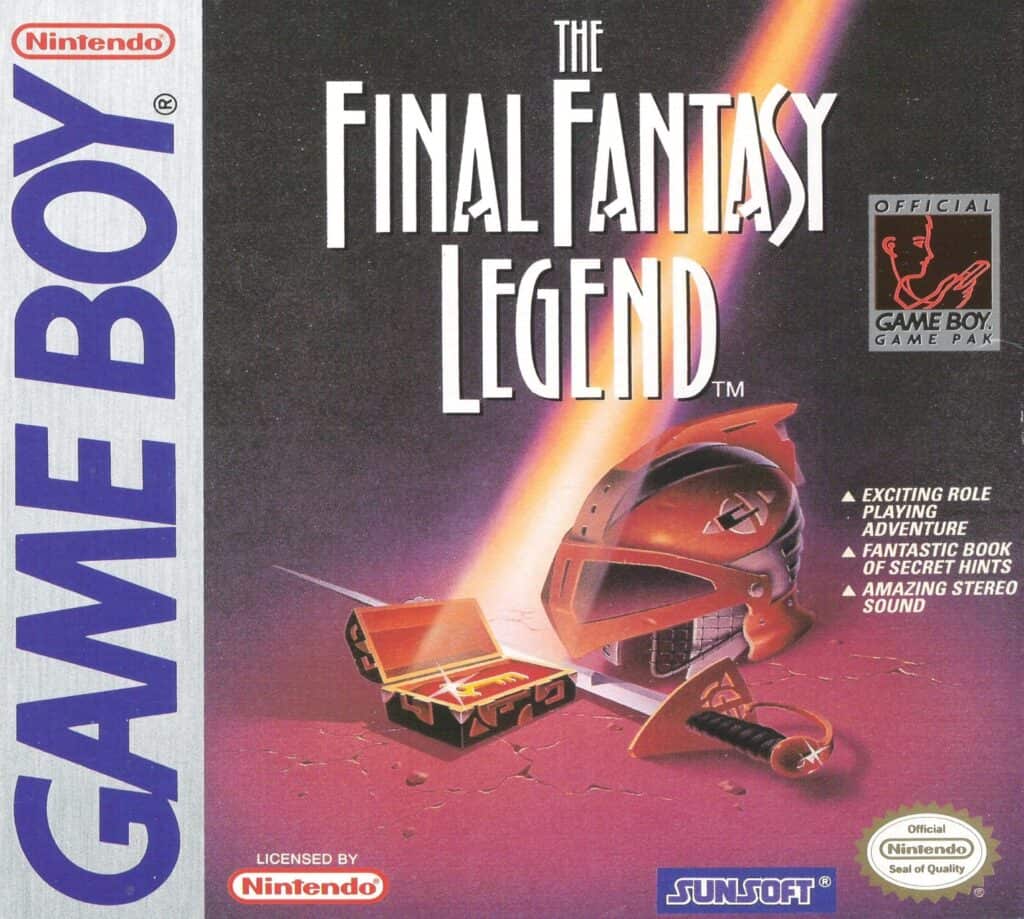
©Box art for Final Fantasy Legend on Game Boy
In what would become a trend for the Final Fantasy spin-off games in the West, Final Fantasy Legend is actually an entry from another Square series. Releasing for the Game Boy in Japan as Makai Toushi SaGa, the first game in the SaGa series carries over many of the characteristics designed by its developers on their previous game — Final Fantasy II. Players develop skills through their use in-game rather than earn experience points to level up. Despite having a mixed reception, the title is hugely influential on several other Game Boy-exclusive RPGs, including Pokemon.
Final Fantasy: Legend II (1991)
- Released for Game Boy
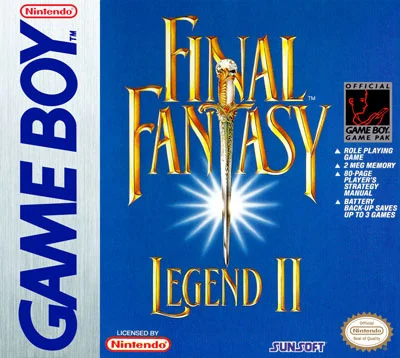
©Box art for Final Fantasy Legend II on Game Boy
The second game in the SaGa series would also make its way to the US as the second entry in the Final Fantasy Legend series. Arriving as SaGa 2: Hihou Densetsu in Japan, the title would come to the US as Final Fantasy Legend II a year later. Legend II proved to have a much more positive reception than the first SaGa game. Its success led to the production of both a direct sequel for the Game Boy and Romancing SaGa for the Super Famicom.
Final Fantasy Adventure (1991)
- Released for Game Boy
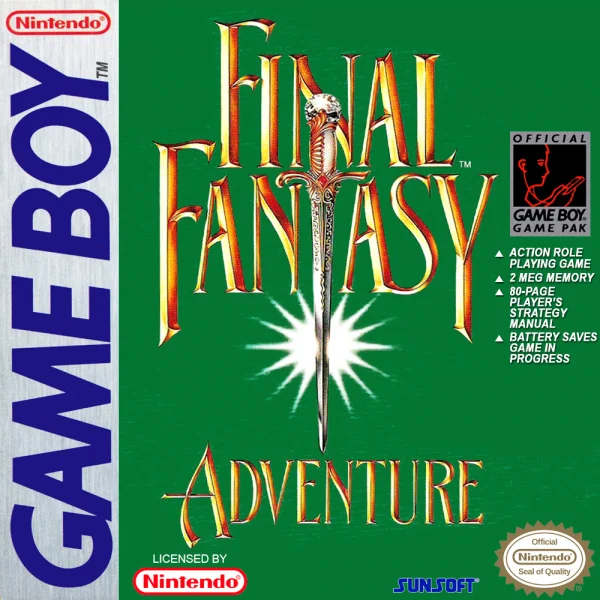
©Box art for Final Fantasy Adventure on Game Boy
Rather than feature another entry in the SaGa series brought to the West, the next Game Boy Final Fantasy spin-off is the first entry in a different Square franchise — that of Seiken Densetsu, the Mana series. Instead of featuring turn-based combat and the mechanics from the SaGa or Final Fantasy franchises, Final Fantasy Adventure is an action-RPG with real-time combat similar to Legend of Zelda. As the first game in the Mana series, Adventure is hugely influential and has spawned its own long-running franchise.
Final Fantasy: Legend III (1991)
- Released for Game Boy
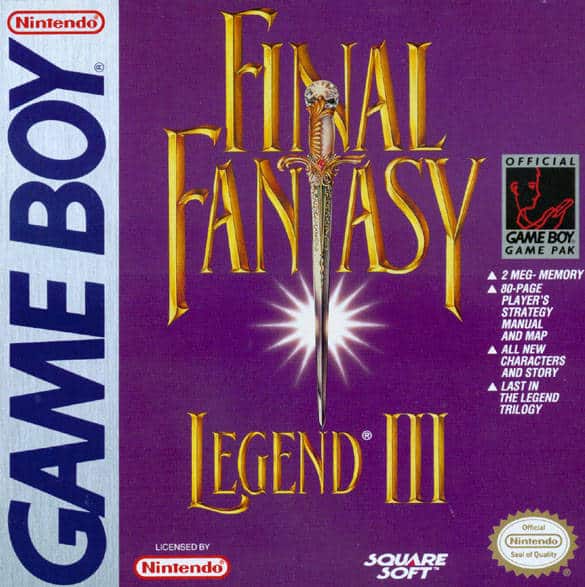
©Box art for Final Fantasy Legend III on Game Boy
The final series spin-off for the Game Boy and the last SaGa game to come to the West before SaGa Frontier on the PlayStation, Final Fantasy Legend III arrived the same year as Final Fantasy IV on the SNES (as Final Fantasy II). Originally titled SaGa 3: Jikuu no Hasha, it is the most ambitious of the original SaGa titles and sees the player controlling multiple generations of heroes. This ensemble cast approach and interweaving storylines is also a key element from SaGa Frontier.
Final Fantasy: Mystic Quest (1992)
- Released for SNES
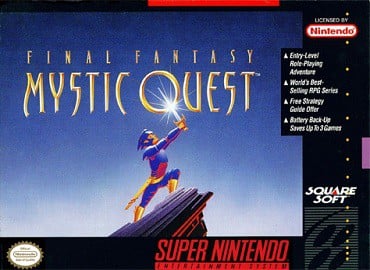
©Box art for Final Fantasy Mystic Quest on SNES
Arriving for the SNES in 1992, Mystic Quest is the only game in the Final Fantasy series to be developed specifically for an American audience. Fielding Western complaints about the difficulty of both Final Fantasy and its SNES sequel, Square made the decision to produce a title that scaled back the mechanics and RPG systems of the core franchise in favor of accessibility and beginner-friendly gameplay. With the absence of random battles and a more forgiving difficulty curve, the title has a reputation of being the “beginner’s Final Fantasy” and is the only series title to not release in Japan.
Final Fantasy Tactics (1997)
- Released for PlayStation
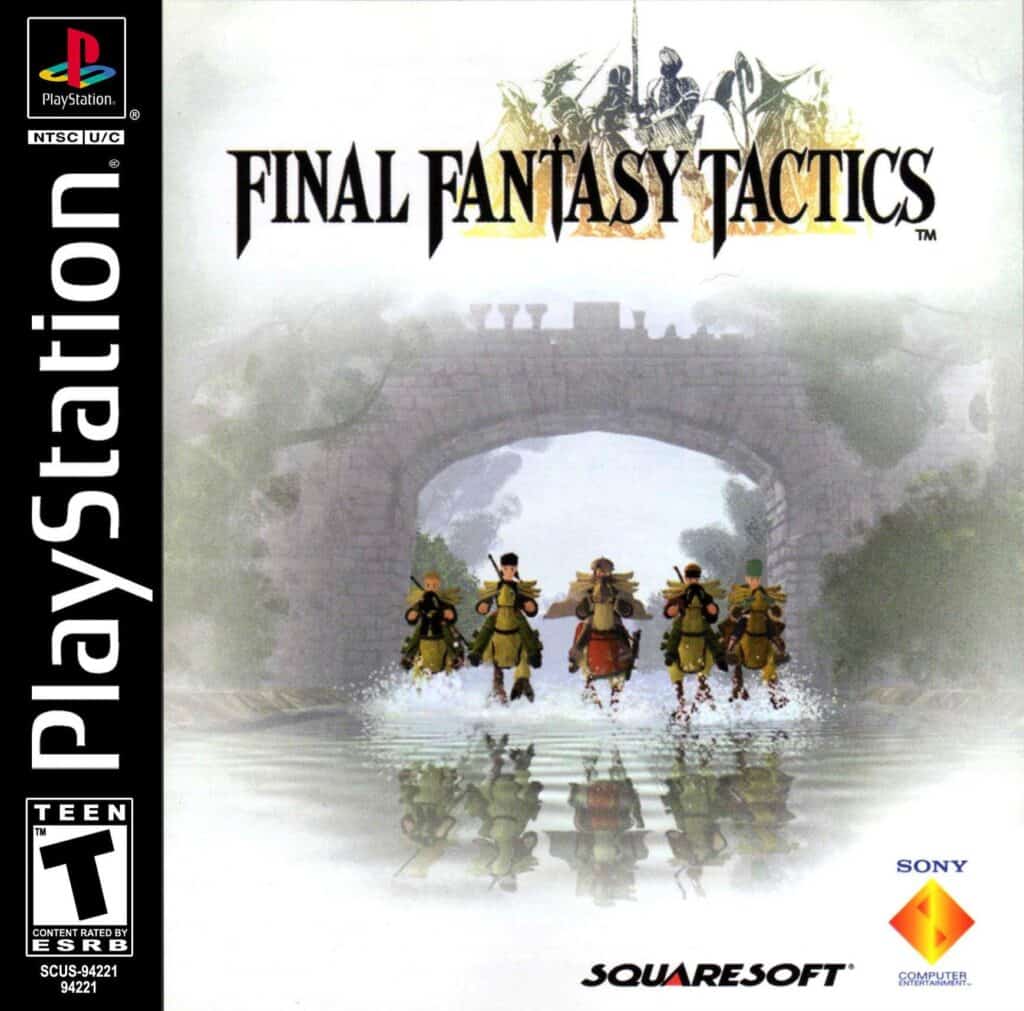
©Box art for Final Fantasy Tactics on PS1
In terms of spin-off games in the Final Fantasy series, few reach the heights of Final Fantasy Tactics. Capitalizing on the success of Final Fantasy VII‘s unprecedented popularity in the West, Square brought Tactics to North America just a few short months after VII‘s release. The title took on nearly immediate cult-classic status. Tactics comes from the mind of Yasumi Matsuno, whose previous work on Ogre Battle and Tactics Ogre helped elevate Final Fantasy Tactics to one of the best turn-based tactics and strategy RPGs ever made. While it’s significantly more difficult than the more approachable Final Fantasy VII, it’s hard to deny that Tactics is one of the best games in the franchise, spin-off or otherwise.
Final Fantasy Tactics Advance (2003)
- Released for Game Boy Advance
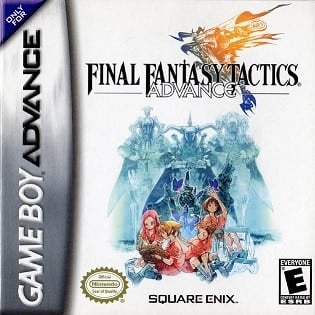
©Box art for Final Fantasy Tactics Advanced on GBA
Though it’s not a direct sequel to Final Fantasy Tactics, Tactics Advance shares several similarities with the PlayStation classic. Players guide a squad of heroes through several grid-based tactical battles, curating their strategy and approach through the Job system. These battles arrive as Missions, which players can accept by visiting pubs in the game’s world of Ivalice. Notably, Tactics Advance greatly expands on the number of available Jobs for characters by offering 34 selections for players to choose from.
Final Fantasy X-2 (2003)
- Originally released for PlayStation 2
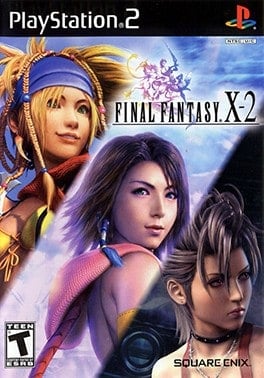
©Box art for Final Fantasy X-2 on PS2
Taking a drastically different approach than the game it acts as a sequel to, Final Fantasy X-2 is the first direct sequel to a mainline entry in the series. Battles are still turn-based but, in a new move for the franchise, players can switch classes mid-battle. Additionally, movement through the game’s world is less linear and players have more freedom in where they go and when. X-2 also happens to contain multiple endings, including one where Yuna reverses the ending of FFX.
Final Fantasy Crystal Chronicles (2004)
- Released for GameCube
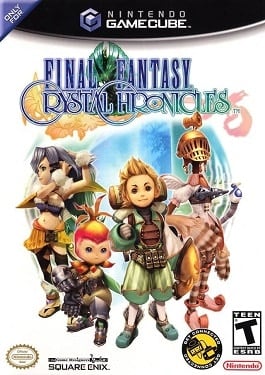
©Box art for Final Fantasy Crystal Chronicles on GameCube
Crystal Chronicles is mostly noteworthy for being the first Final Fantasy title on a Nintendo console since Final Fantasy VI. Rather than use a turn-based system like the main series entires, Crystal Chronicles is an action-RPG in which players attack foes directly. Additionally, the GameCube release has a multiplayer component where players can connect a Game Boy Advance to the system and have up to 4 people complete the game.
Dirge of Cerberus: Final Fantasy VII (2006)
- Released for PlayStation 2
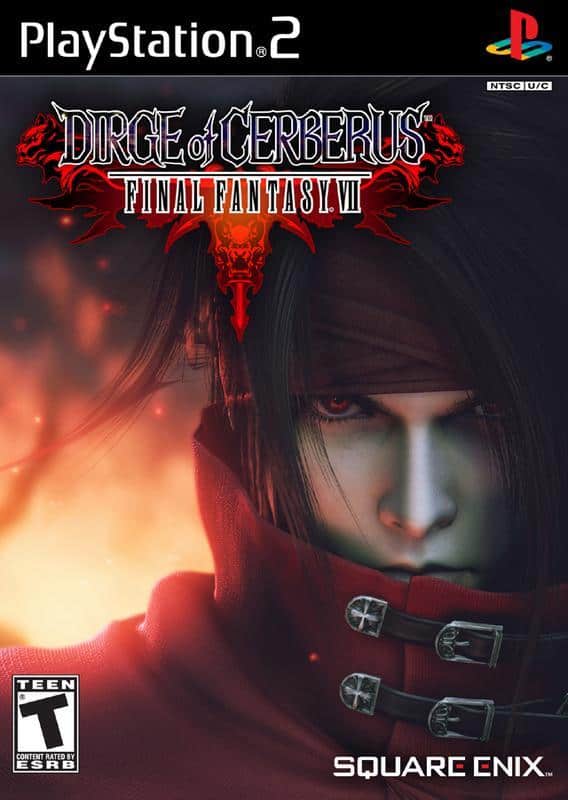
©Box art for Dirge of Cerberus on PS2
A side-story of Final Fantasy VII that focuses on party member Vincent Valentine, Dirge of Cerberus is an interesting spin-off as the only third-person shooter in the franchise. Rather than adhere to the RPG format the series is known for, the game shares more in common with other 6th generation shooters like Resident Evil 4. Although Cerberus holds a mixed reception, it’s one of the first entires in a multimedia production detailing the aftermath of the events of Final Fantasy VII.
Final Fantasy XII: Revenant Wings (2007)
- Released for Nintendo DS
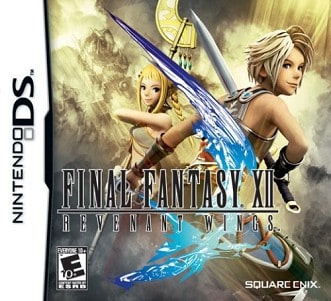
©Box art for Final Fantasy XII Revenant Wings on DS
Taking place a year after the events of Final Fantasy XII, Revenant Wings is a tactical spin-off of its source material. Players use their airship as a base of operations to then launch into real-time tactical missions in locations across Ivalice. The gameplay shares some similarities with Final Fantasy Tactics although it does lack some of that game’s depth.
Final Fantasy Tactics: War of the Lions (2007)
- Released for PlayStation Portable (PSP) and Mobile
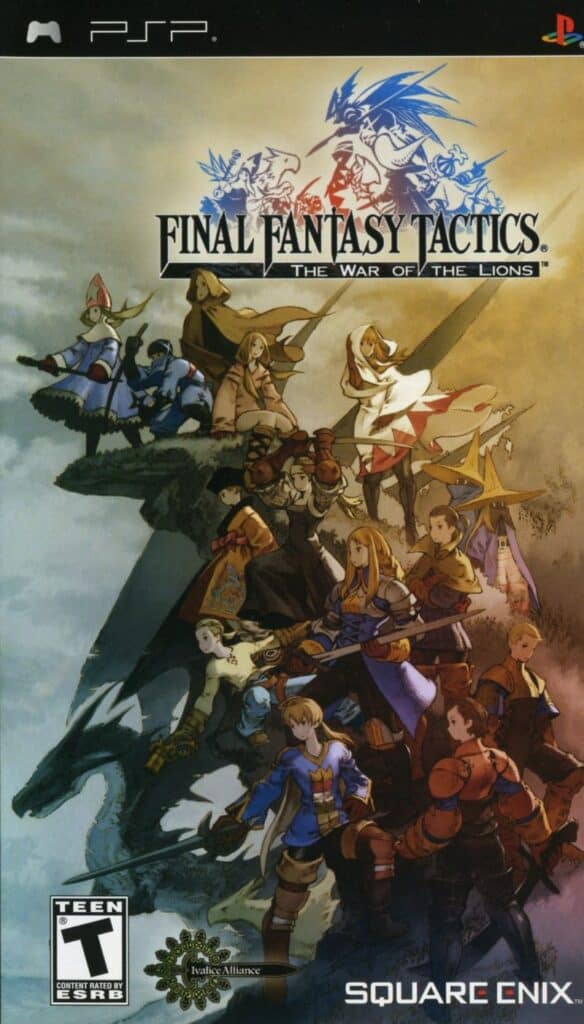
©Box art for Final Fantasy Tactics War of the Lions on PSP
War of the Lions is the PSP remaster of the PS1 classic Final Fantasy Tactics. Though the core gameplay remains largely unchanged, the PSP version does have some notable additions. In addition to some new jobs and narrative connections to other series games that take place in the kingdom of Ivalice, players have access to some new playable characters (inclusing Balthier from Final Fantasy XII).
Final Fantasy Crystal Chronicles: Ring of Fates (2007)
- Released for Nintendo DS
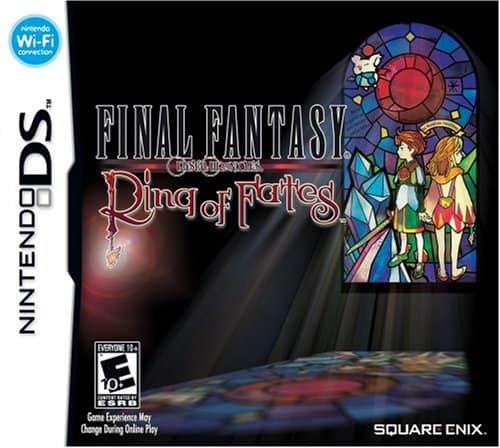
©Box art for Final Fantasy Crystal Chronicles: Ring of Fates on DS
The first of two spin-offs of a spin-off, Ring of Fates is the second game in the Crystal Chronicles sub-series. Just like its predecessor, the title is an action-RPG that features co-op multiplayer to allow players to complete the main quest with friends. Interestingly, the title began its development as a standalone RPG specifically for the Nintendo DS and was then retroactively adapted into joining the Crystal Chronicles subseries.
Crisis Core: Final Fantasy VII (2007)
- Released for PlayStation Portable (PSP)
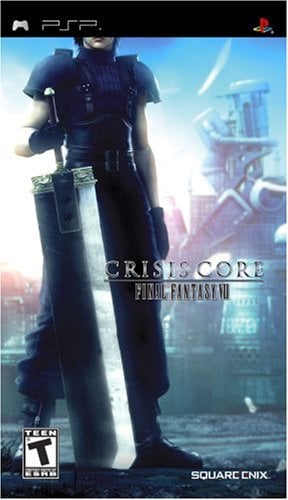
©Box art for Crisis Core: FF7 on PSP
Crisis Core is the second side-story to Final Fantasy VII following Dirge of Cerberus. Instead of giving players a glimpse into the events that take place in the aftermath of the main story, Crisis Core is a prequel that focuses on Zack Fair and his relationship with Aerith. The title utilizes real-time action combat and is often cited as one of the best action games available for the PlayStation Portable.
Final Fantasy Tactics A2: Grimoire of the Rift (2007)
- Released for Nintendo DS
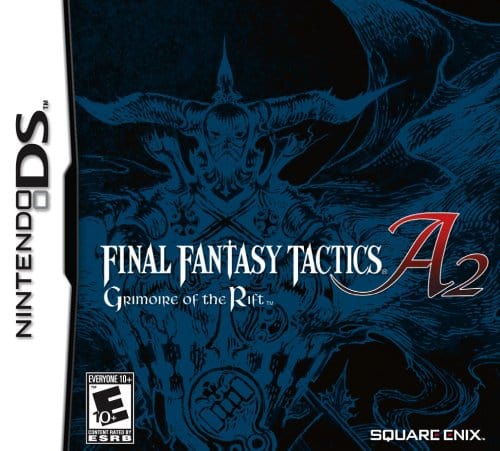
©Box art for Final Fantasy Tactics A2 on DS
The direct sequel to Final Fantasy Tactics Advance and a side-story to Final Fantasy Tactics for PS1, FFT A2 is the final (for now) game in the Final Fantasy Tactics subseries. Similar to Tactics Advance, the game takes place in the kingdom of Ivalice. Only now, the characters are actually transported into the realm by a magical tome instead of existing in a dream version of the kingdom. The title features some new Jobs for players to assign party members as well as a reintroduction of the Law system from Tactics Advance.
Final Fantasy IV: The After Years (2008)
- Released for PC, PlayStation Portable (PSP), Wii, and Mobile
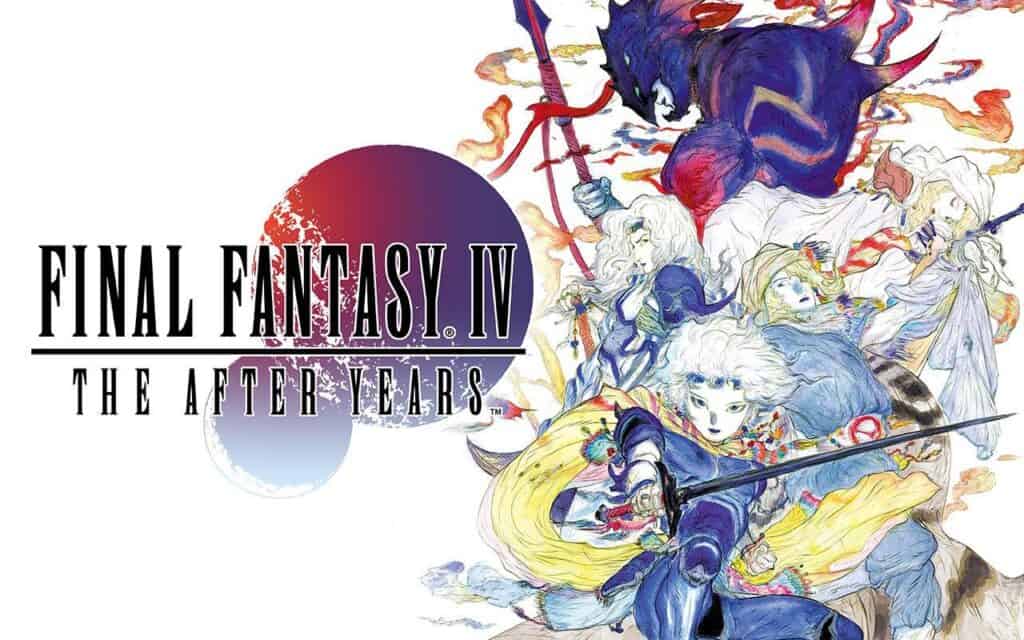
©Key art for Final Fantasy IV: The After Years
The After Years is a direct sequel to Final Fantasy IV and details the adventures of Cecil and Rosa’s heirs. While the title reuses many of the assets and designs from the original FFIV, it does incorporate a handful of new mechanics to help differentiate it. Primary among these is the new Age of the Moon mechanic, where the lunar phases shift after staying at an inn. The changing lunar phases impact the abilities and defenses of both the heroes and enemies.
Dissidia: Final Fantasy (2008)
- Released for PlayStation Portable (PSP)
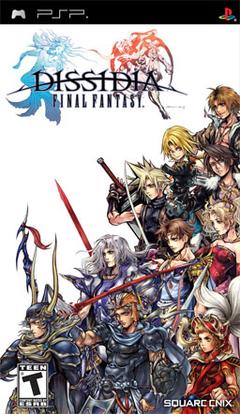
©Box art for Dissidia Final Fantasy on PSP
Dissidia is the first in a popular series of fighting games featuring the characters of Final Fantasy. Players can assume the role of either hero or villain, with many of the series’ most iconic protagonists and antagonists present. Instead of using a 2D plane for its battles, Dissidia is a full-3D fighting game where players can take advantage of the arena during fights. Dissidia‘s narrative would go on to inspire its own alternate reality story involving key characters from the franchise.
Final Fantasy Crystal Chronicles: Echoes of Time (2009)
- Released for Nintendo DS and Wii
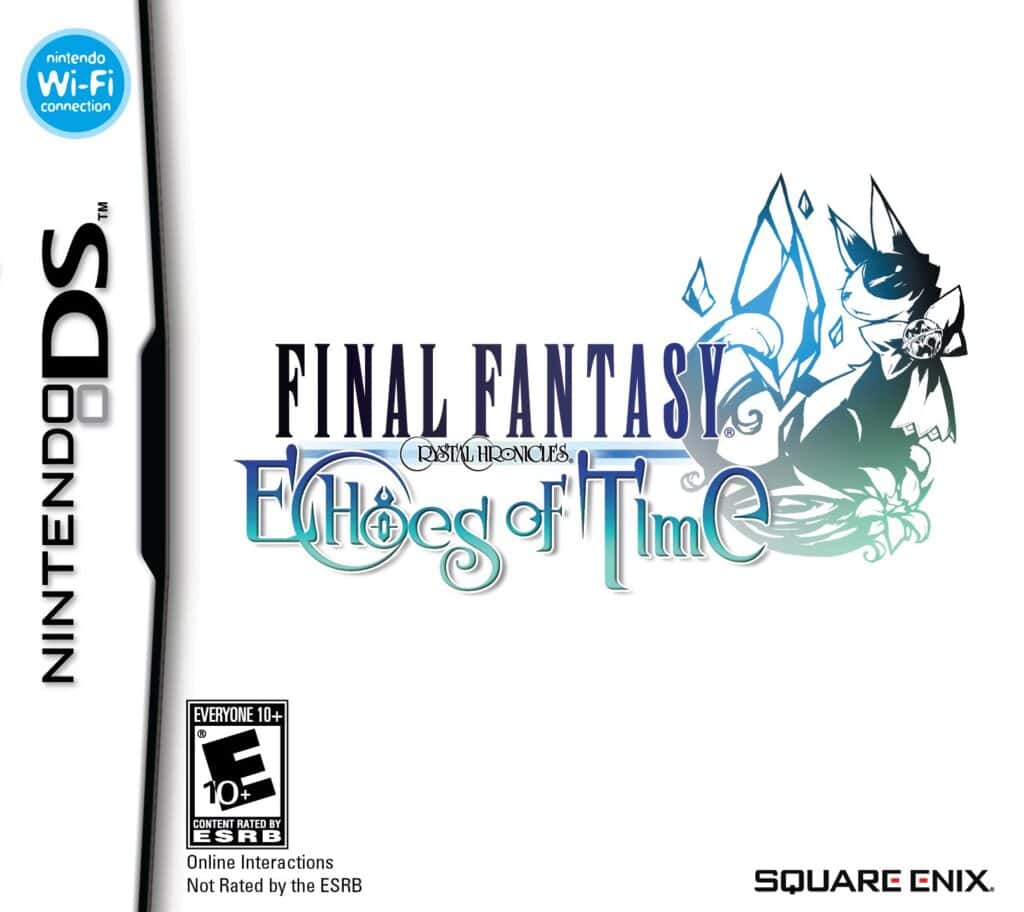
©Box art for Final Fantasy Crystal Chronicles: Echoes of Time on DS
Similar to the other titles in the Crystal Chronicles subseries, Echoes of Time is a hack-n-slash action-RPG. Players now have 4 different races to choose from when selecting their character, with each race corellating to a specific weapon type. In addition to the traditional dungeon-crawling associated with the Crystal Chronicles games, Echoes features several platforming-heavy sections where the perspective switches to an isometric view. In a move that, well, echoes the original Crystal Chronicles, players can link up the DS and Wii versions to play together.
Final Fantasy: The 4 Heroes of Light (2010)
- Released for Nintendo DS
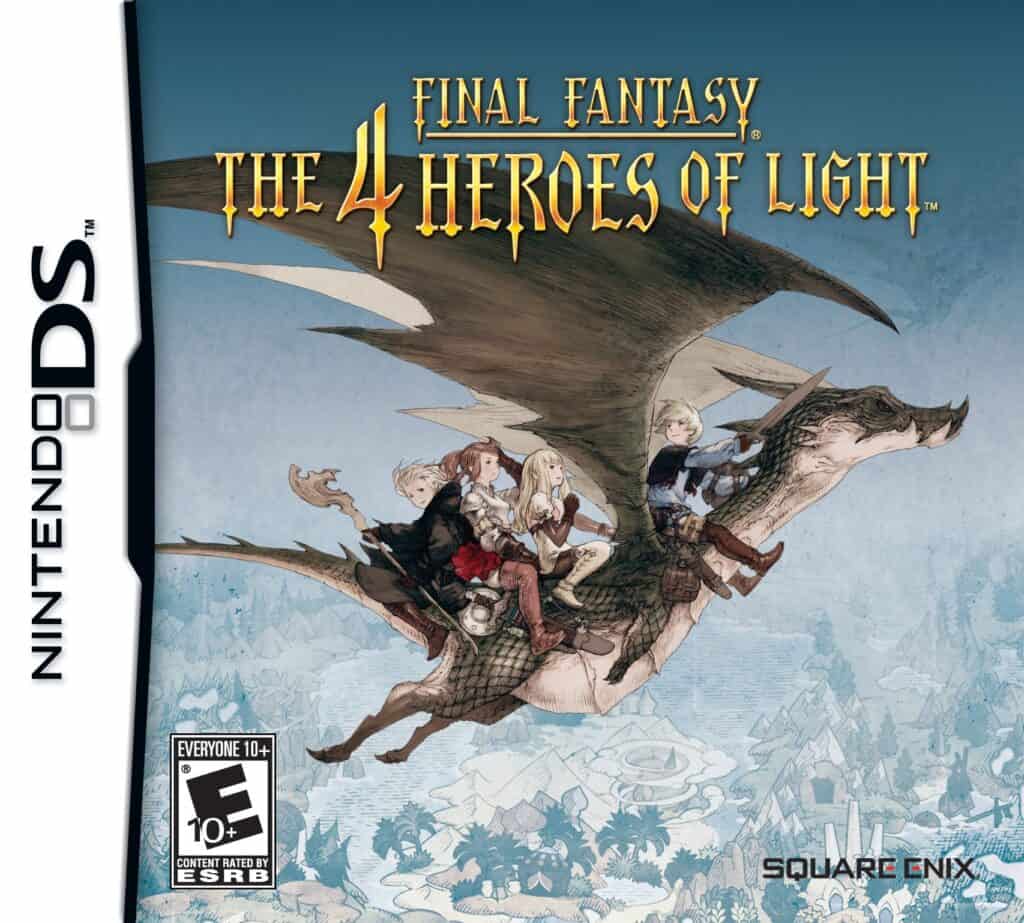
©Box art for Final Fantasy: The 4 Heroes of Light on DS
Despite what the title might indicate, 4 Heroes isn’t a retelling of the original Final Fantasy. Instead, this title is its own original RPG adventure that uses advanced technology to tell a simpler RPG story akin to the genre’s early titles. That adherence to tradition carries over to gameplay too, with battles being turn-based and the game’s class system borrowing heavily from Final Fantasy III, V, and Tactics‘ Job system. The title’s positive reception would lead to the development of a sequel that eventually evolved into the fantastic Bravely Default.
Dissidia 012 Final Fantasy (2011)
- Released for PlayStation Portable (PSP)
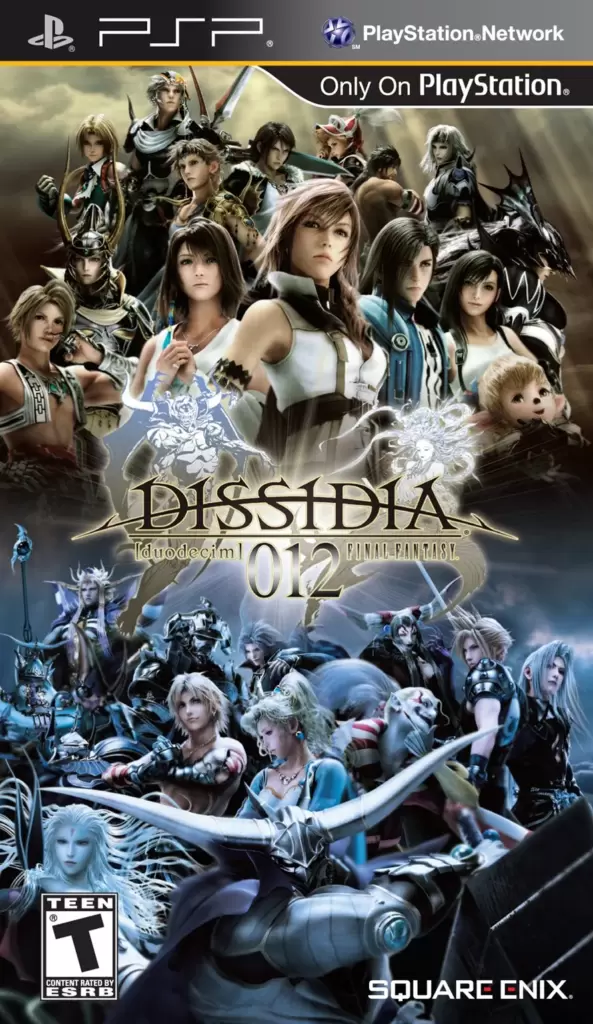
©Box art for Dissidia 012 on PSP
Rather than produce a sequel to the original Dissidia, the 1st Production Department at Square Enix delivered a prequel and remake of the original game in its follow-up. Dissidia 012 improves on nearly every aspect of the original while also adding plenty of new fighters and more fully developing the game’s narrative. While still a one-on-one fighting game like the original, Dissidia 012 implements the new Bravery mechanic where players can steal Bravery Points from foes to overpower their HP attacks.
Final Fantasy Type-0 (2011)
- Released for PlayStation Portable (PSP)
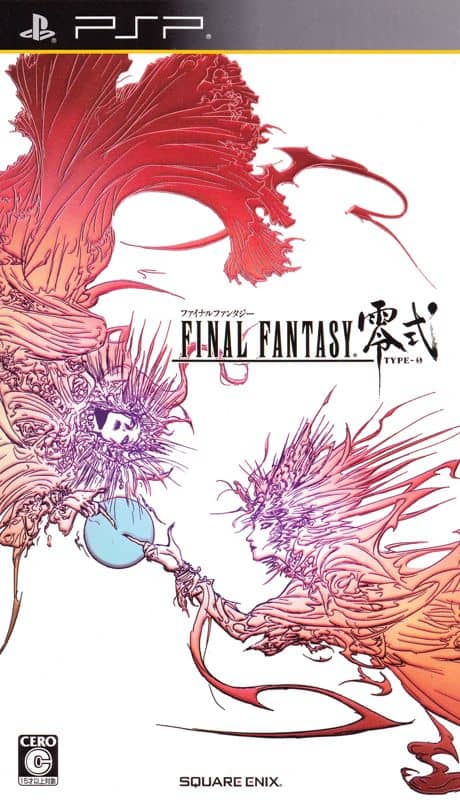
©Box art for Final Fantasy Type-0 on PSP
Type-0 is another entry in the Fabula Nova Crystallis timeline of Final Fantasy that also includes XIII and XV. Here, players control the 14 members of Class Zero, a group of highly-trained cadets at the prestigious Vermillion Peristylium academy. Gameplay centers around using each of the members of Class Zero in assigned missions, using real-time combat and magic abilities to slay foes. While Type-0 received enough praise to get an HD remaster, many felt the game’s combat was lacking compared to other contemporary action-RPGs.
Final Fantasy XIII-2 (2011)
- Released for PC, PlayStation 3, Xbox 360, and Mobile
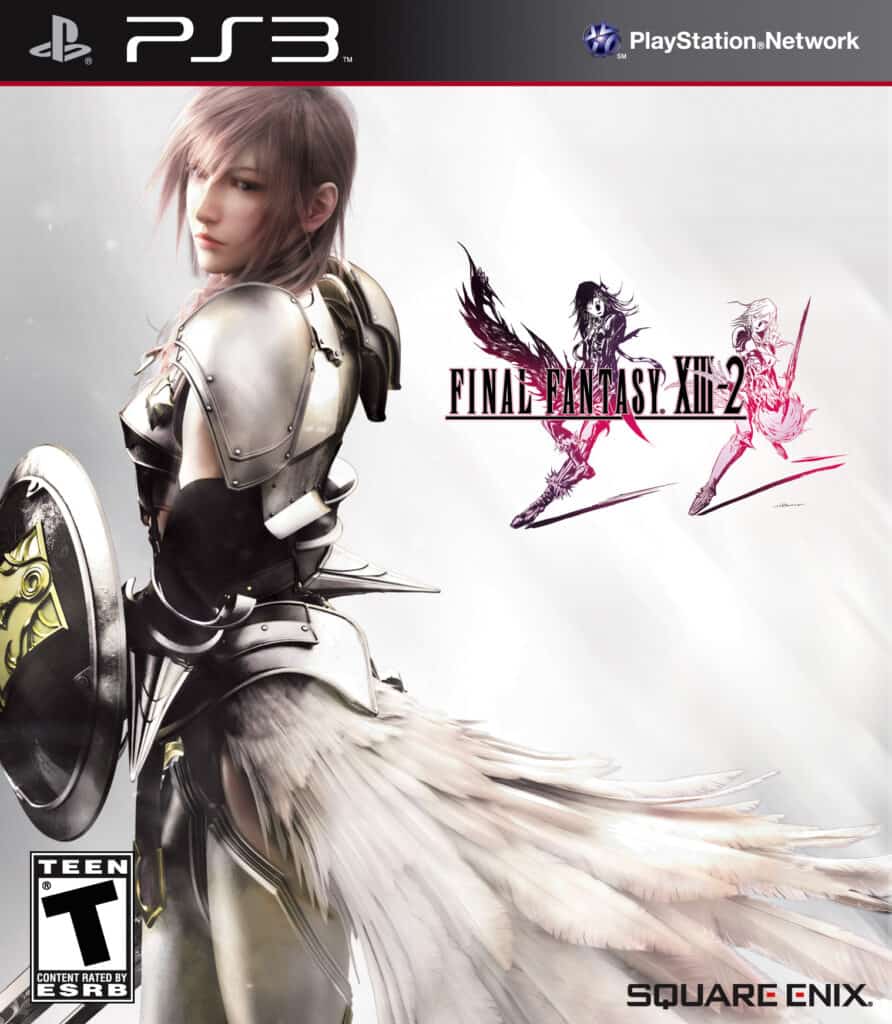
©Box art for Final Fantasy XIII-2 on PS3
Another direct sequel to a mainline title, Final Fantasy XIII-2 is the follow-up to Final Fantasy XIII. The game builds upon many of the systems that XIII introduces, including a more expanded version of the Paradigm Shift system in combat. Further, the title addresses many of the complaints regarding XIII‘s linearity and provides players with a more open-ended RPG journey. Though critics expressed mixed reactions to the game’s story, XIII-2 holds a positive reception for its gameplay and mechanics.
Theatrhythm Final Fantasy (2012)
- Released for Nintendo 3DS and iOS
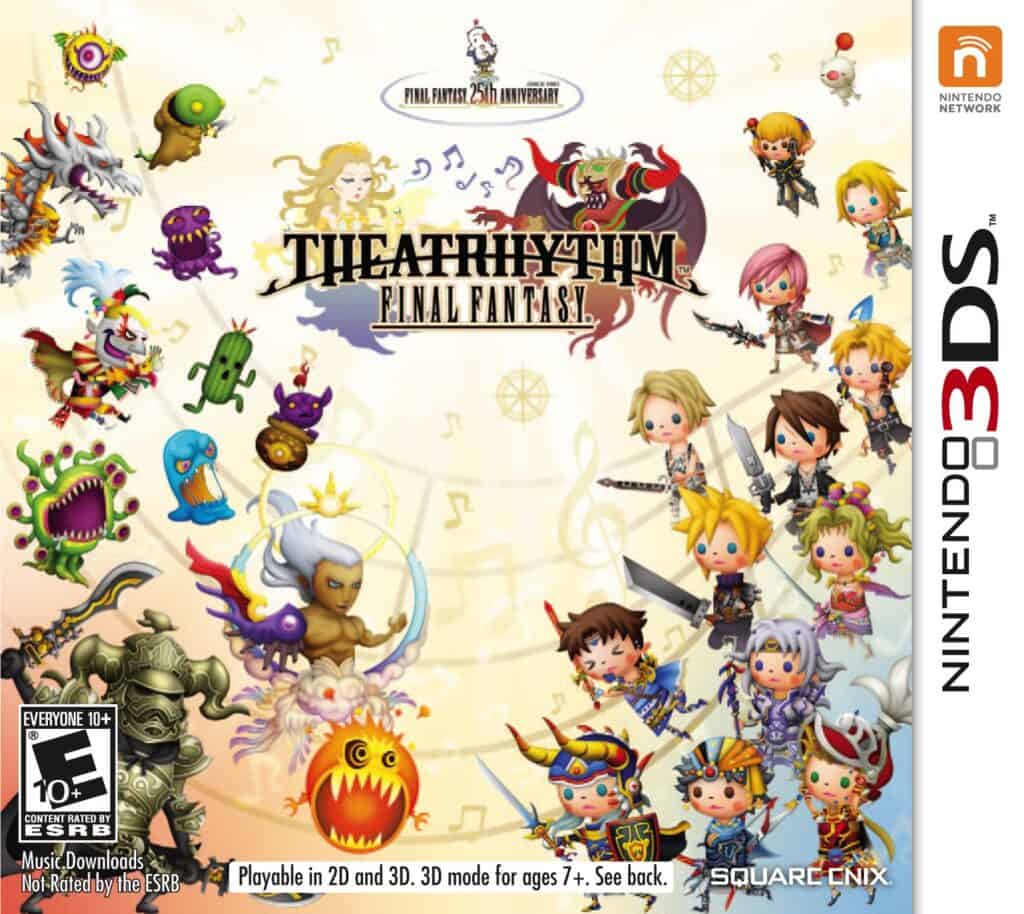
©Box art for Theatrhythm Final Fantasy on 3DS
Theatrhythm takes the rhythm game template of titles like Guitar Hero and Rock Band and applies it to the music of the Final Fantasy series. Players can form a party of up to 4 heroes and villains from across the entire franchise’s history and use them to progress through stages built around each game’s music. Highlighting the genius of series composers, including the legendary Nobuo Uematsu, Theatrhythm is an excellent spin-off that would generate its own subseries of sequels.
Pictlogica Final Fantasy (2013)
- Released for Nintendo 3DS and Mobile
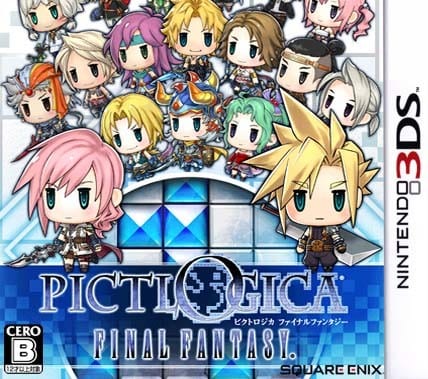
©Box art for Pictlogica Final Fantasy on 3DS
Pictlogica is the Final Fantasy-themed version of the popular puzzle game Picross, in which a grid is either filled with color or left blank depending on the numbers along the X and Y axis. Although the Western release was limited to Android mobile devices, the Japanese market received a physical version for the Nintendo 3DS. The game has since been delisted and is no longer available digitally.
Lightning Returns: Final Fantasy XIII (2014)
- Released for PC, PlayStation 3, Xbox 360, and Mobile
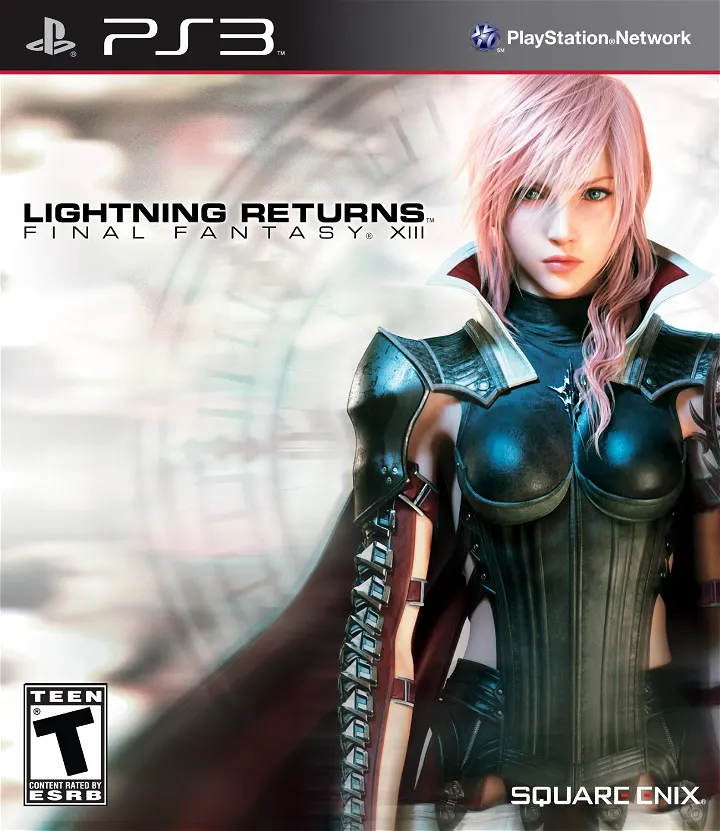
©Box art for Lighting Returns: Final Fantasy XIII on PS3
Lightning Returns is the third and final game in the Final Fantasy XIII chronology. While the gameplay takes a more action-heavy approach than its predecessors, the core mechanics and main characters remain the same. Famously, the game gives players a time limit in which to complete quests akin to that of Majora’s Mask. Failure to complete the game’s quest in time results in the destruction of the game’s world. Thankfully, players do have the ability to stop time at critical points using the Chronostasis ability.
Theatrhythm Final Fantasy: Curtain Call (2014)
- Released for Nintendo 3DS
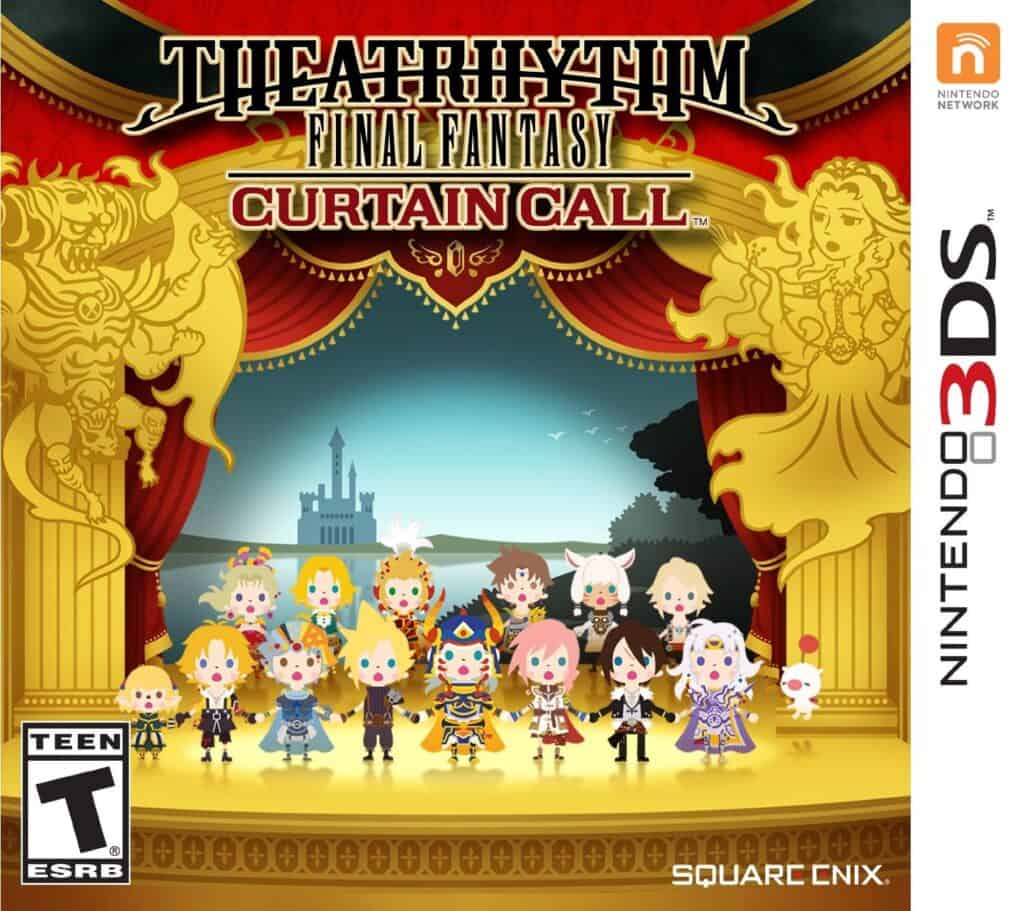
©Box art for Theatrhythm Curtain Call on 3DS
Curtain Call continues the gameplay of the first Theatrhythm game but adds several new characters and song stages from across the Final Fantasy series. Curtain Call also introduces a new multiplayer battle mode to the series that allows two players to compete for the highest score in a song stage. Completing stages and leveling up characters allows players to unlock new worlds and attempt to earn the secret rewards for beating stage bosses.
Final Fantasy Explorers (2014)
- Released for Nintendo 3DS
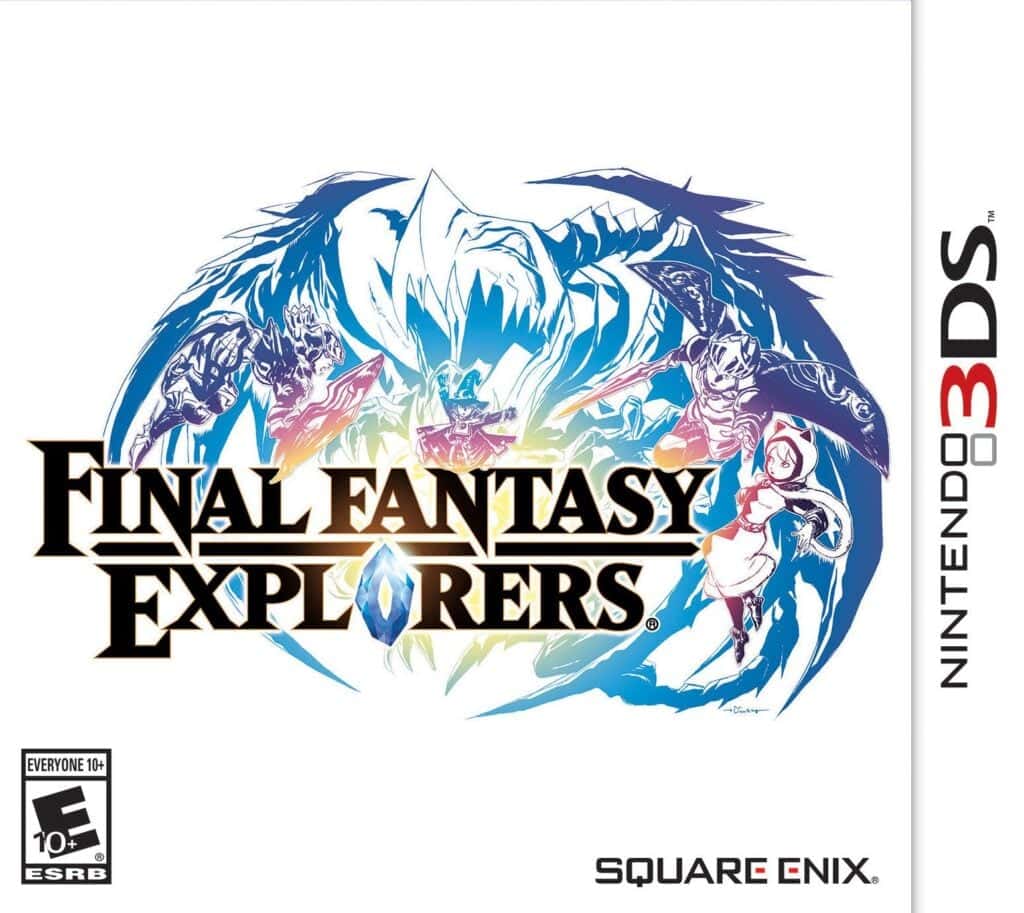
©Box art for Final Fantasy Explorers on 3DS
Designed as both an entry point for new players as well as an homage to the Crystal Chronicles and Monster Hunter games, Final Fantasy Explorers is another action-RPG spin-off of the main series. Players choose one of the iconic classes from the series and then embark on a series of missions to track down crystals. These crystals are guarded by monsters that the player must slay in hunt-type missions.
Final Fantasy Type-0 HD (2015)
- Released for PC, PlayStation 4, and Xbox One
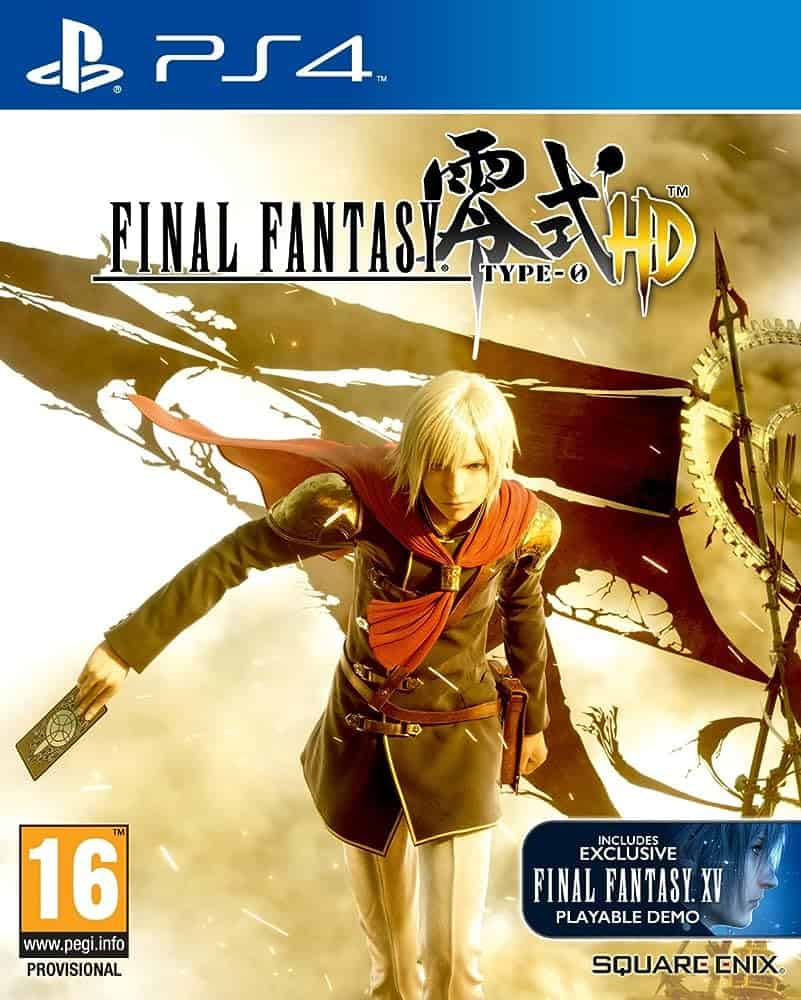
©Box art for Final Fantasy Type-0 HD on PS4
Thanks to the success and reception of the original Type-0, the game received an HD upgrade for consoles 4 years later. Since the original was a Japan-exclusive PSP game, Type-0 HD also marks the first time the title was available in the West. Outside of improving the visuals and audio, the core gameplay remains identical to the original.
World of Final Fantasy (2016)
- Released for Nintendo Switch, PC, PlayStation 4, PlayStation Vita, and Xbox One
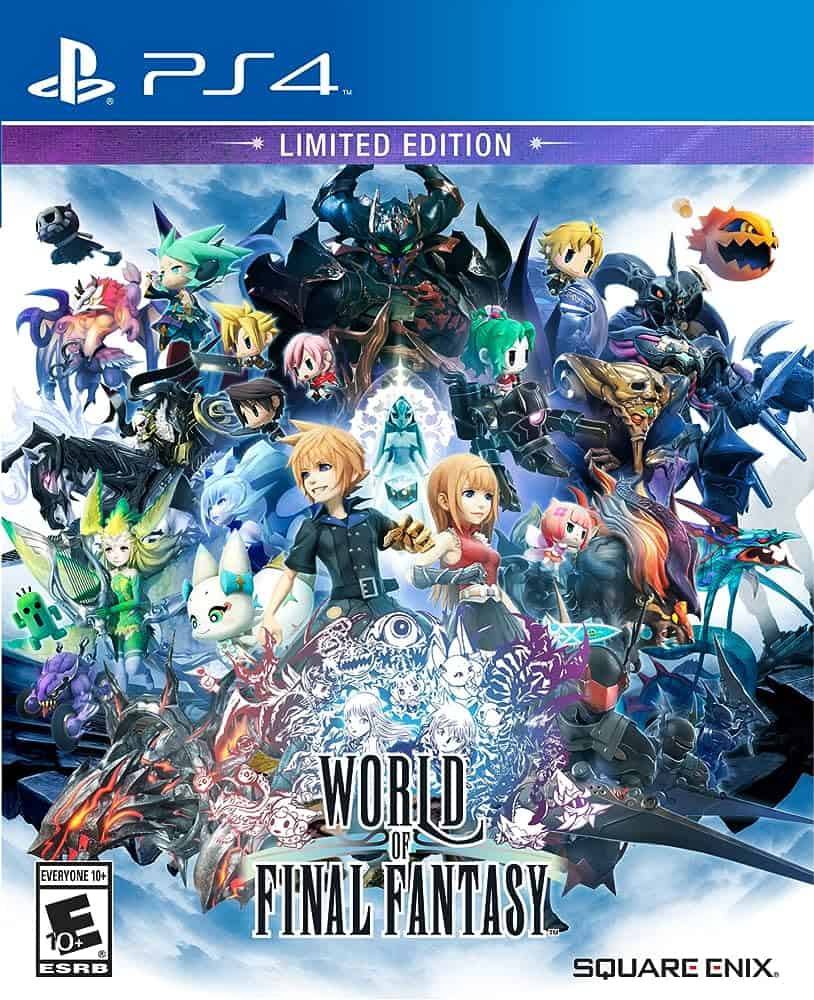
©Box art for World of Final Fantasy on PS4
World of Final Fantasy is a unique entry in the series’ spin-offs as a turn-based RPG featuring characters from across the entire franchise’s history. Taking control of twin siblings Lann and Reynn, players embark on quests that often culminate in boss battles featuring iconic heroes and villains from the series’ past games. Battles utilize the ATB system and are turn-based, helping the game share more in common with the series’ earlier entries. While it is criticized for its gameplay wearing thin toward the endgame, World is a hugely successful spin-off title with multiple releases.
Dissidia Final Fantasy NT (2018)
- Released for PC and PlayStation 4
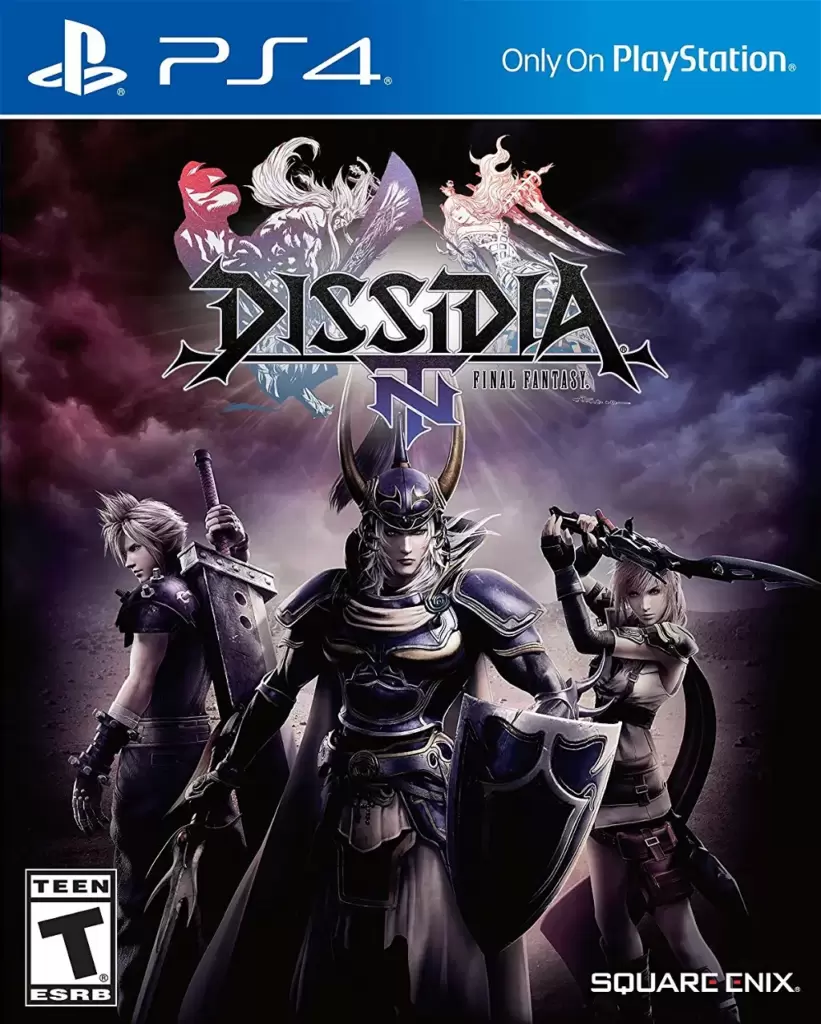
©Box art for Dissidia Final Fantasy NT on PS4
Finally bringing the Dissidia series to console, NT is the console port of the hugely successful arcade version of Dissidia. Koei Tecmo (specifically, Team Ninja) assisted with the development of the title and NT is the first proper sequel to the original Dissidia. While the title still features heroes and villains from across the franchise, battles are now three-on-three and characters have distinct class archetypes that they fit into. NT also introduces Core Battles, in which players work to defend a crystal while also combatting foes.
Final Fantasy Crystal Chronicles Remastered (2020)
- Released for Nintendo Switch, PlayStation 4, and Mobile
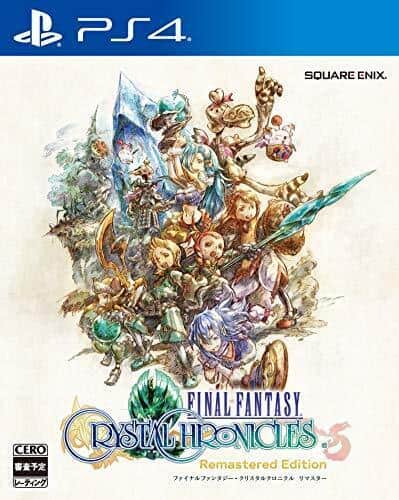
©Box art for Final Fantasy Crystal Chronicles Remastered on PS4
The remaster of Crystal Chronicles for modern consoles introduces a slew of new improvements while retaining the original game’s core gameplay. In addition to revamped visuals and audio, the title features new voice acting, additional dungeons and bosses, and new objects and aspects for characters. In order to retain the connectivity and co-op features of the original game, the remaster also introduces online multiplayer for the first time.
Stranger of Paradise: Final Fantasy Origin (2022)
- Released for PC, PS4/PS5, and Xbox One/Series X/S
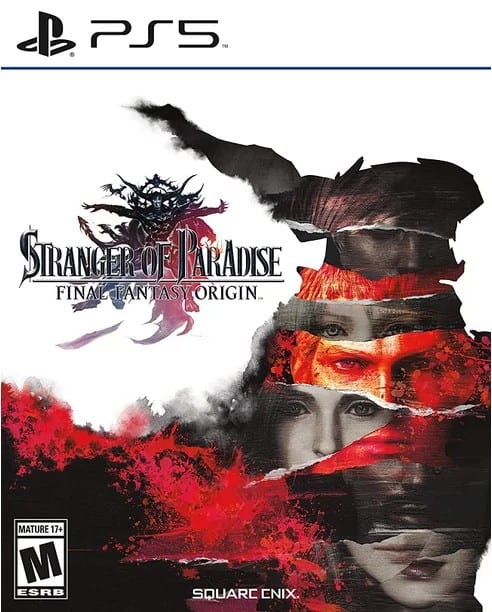
©Box art for Stranger of Paradise: FF Origin on PS5
Stranger of Paradise is a retelling of the events of the original Final Fantasy from the perspective of the main villain Garland. Embellishing and expanding on the original game’s time loop story, the title is an interesting alternate take on the origins of the series. Stranger also distinctly switches up what most fans would expect from a game related to the original Final Fantasy by being an action-RPG with methodical combat similar to Dark Souls. In fact, the title was co-developed by the Team Ninja members who worked on the successful Nioh titles for Koei Tecmo.
Theatrhythm Final Bar Line (2022)
- Released for Nintendo Switch and PlayStation 4

©Box art for Theatrhythm Final Bar Line on PS4
The most recent game in the Theatrhythm subseries, Final Bar Line translates the first two games’ stylus controls for rhythm game action into something that can be done using controller buttons. The new controls are intuitive and responsive, retaining the fun and challenge of the original games but allowing for some newly expanded options in how players approach certain button combinations. Final Bar Line features the largest cast of heroes and villains from across the franchise, as well as the most expansive set of songs. A must-have for fans of rhythm games or RPGs.
Crisis Core: Final Fantasy VII Reunion (2023)
- Released for Nintendo Switch, PC, PS4/PS5, and Xbox One/Series X/S
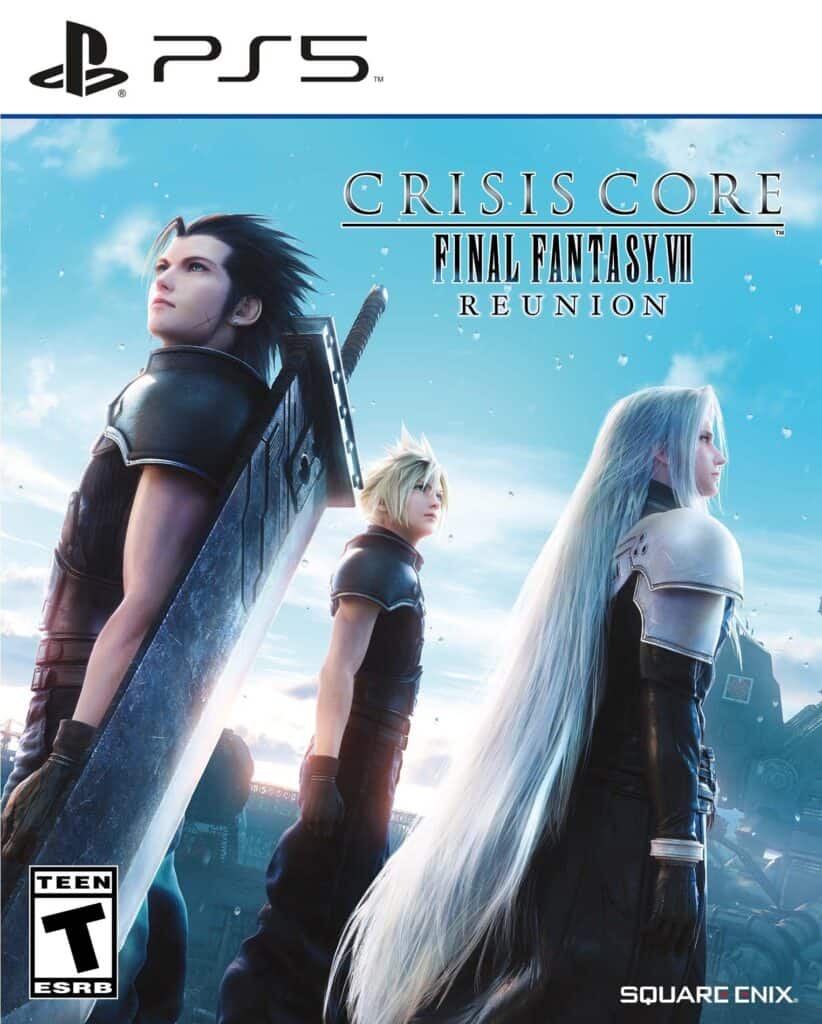
©Box art for Crisis Core: FF7 Reunion on PS5
The most recent spin-off title in the franchise is the HD remaster of Crisis Core. Both bringing the game to a wider audience as well as establishing continuity with the remake of FFVII, Crisis Core remains largely the same as its PSPS original despite featuring vastly improved visuals and new voice acting. It’s still the same great action-RPG that fans experienced on the PSP, but now features several key redesigns to bring it more in line with the trilogy of games remaking FFVII.
